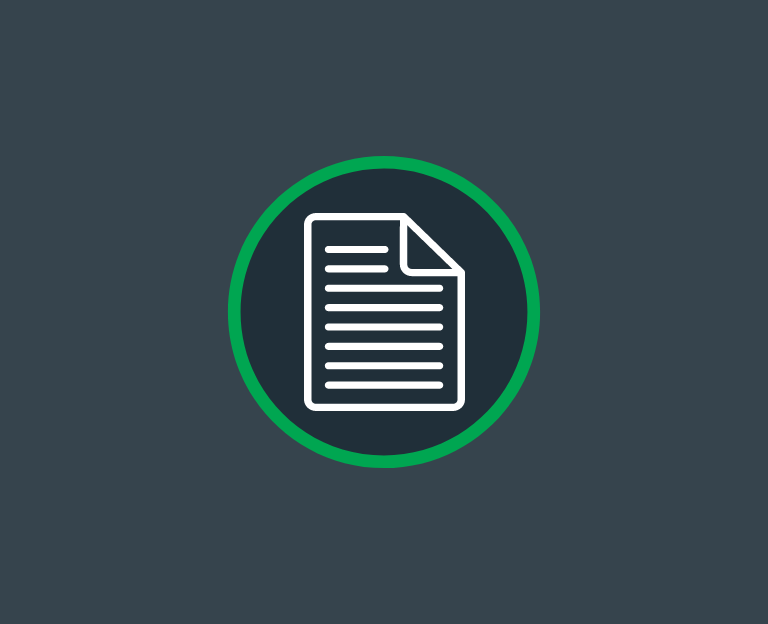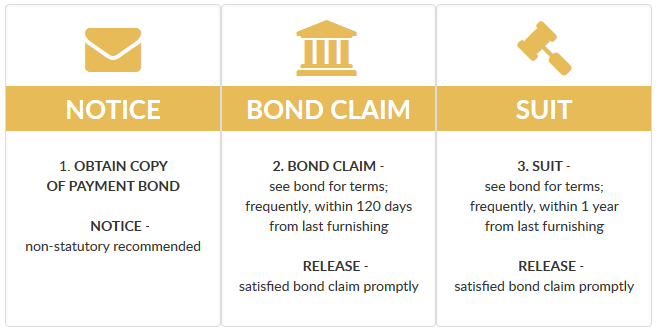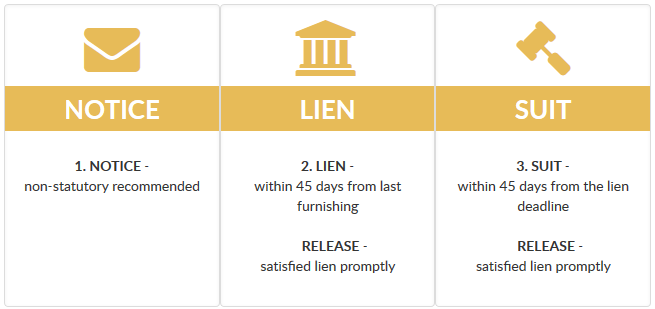
Recap of Changes to Ontario’s Construction Lien Act
Over the last two years we have discussed the changes to Ontario’s Construction Lien Act. Now, with all changes in force, here’s a breakdown of what you should know.
More Time to File a Lien
The first wave of changes went into effect in July 2018 and included changes to the deadline calculations for the filing of a mechanic’s lien or a public improvement lien.
- File the lien within 60 days from last furnishing materials or services, but within 60 days from the earlier of publication of the certificate or declaration of substantial performance, completion, abandonment or termination of the contract. (Increased from 45 days)
- File suit to enforce the lien within 90 days from the period in which the lien must be filed. (Increased from 45 days)
The Ontario legislature had earlier provided clarification on whether contracts would fall under old statute or new statute. Would-be-claimants would follow old statute if:
- The contract/improvement was entered prior to 7/1/18
- Procurement process began prior to 7/1/18
- Project is a leasehold interest & the lease was in effect prior to 7/1/18
Essentially, the statutory provisions that became effective 7/1/18 would apply if the contract and procurement process were initiated on or after 7/1/18.
If you aren’t sure whether events took place on or after July 1, 2018, follow the old statute; be conservative in calculating your deadlines. You don’t want to rely on the new 60-day deadline and later find the general contract or procurement began prior to 7/1/18 and that your lien rights should have been secured by day 45. It is certainly better to file a lien early than file a late lien & risk it being unenforceable.
Also of note, as of October 1, 2019, the public improvement lien can no longer be filed against the property of a municipality. Instead, the public lien will attach to the funds owed by the municipality to the prime contractor.
Requirement for Payment Bonds on Public Projects
While the threshold established for requiring a payment bond on a public project is large ($500,000.00), Ontario statute, effective July 1, 2018, requires the prime contractor to obtain a labour and material payment bond. A claim must be made within 120 days from last furnishing materials and services, and suit must be filed within 1 year from completion of the project.
All New Adjudication aka Dispute Resolution
Effective for projects procured or entered into on or after October 1, 2019, adjudication is a rapid construction dispute interim resolution process to avoid payment issues that may otherwise result in project delay.
Adjudication is subject to the procedures set out in the contract or subcontract, if they comply with statute. The party who wishes to refer a dispute to adjudication must serve a written notice of adjudication on the other party and then request adjudication from the Authorized Nominating Authority. The legislation defines the matters that may be adjudicated as:
- The valuation of services or materials provided under the contract
- Payment under the contract, including in respect of a change order, whether approved or not, or a proposed change order.
- Disputes that are the subject of a notice of non-payment
- Amounts retained / set-off
- Non-payment of holdback
- Any other matter that the parties to the adjudication agree to or that may be prescribed
Hooray for Prompt Pay
Also effective for projects procured and entered into on or after October 1, 2019, and applying to both private and public projects, prompt payment rules will require payment to be made by the owner within 28 days from submission of a proper invoice.
A proper invoice is a written bill or other request for payment in respect of an improvement under a contract between the owner and the contractor, and it is to contain specific information as outlined by the Act or as required by the contract. Failure to pay the invoice within the stated period will result in an automatic accrual of interest from the date the invoice was to have been paid.
The general contractor must pay the subcontractor within 7 days from receipt of payment from the owner. And, all parties in the contractual chain below the general contractor must make payment within 7 days from receipt of payment.
If the owner is not going to make payment within 28 days from receipt of a proper invoice, the owner must submit a notice of non-payment to the general contractor within 14 days after receiving the proper invoice. Similarly, parties below the owner in the contractual chain must submit a notice of non-payment within 7 days from receipt of a notice of non-payment. The notice of non-payment must provide the reason for non-payment and the amount of any dispute.







